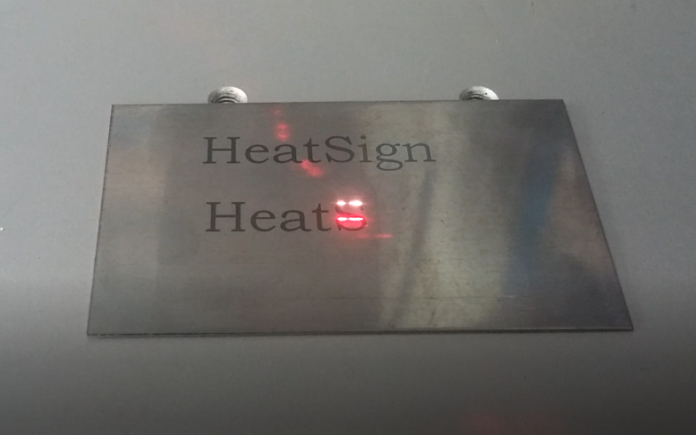– Compact and portable
– Excellent thermal management
– Low maintenance
– Long service life (over 100,000 hours)
– Limited wavelength tunability– Industrial processing (metal cutting, welding, marking)– Medical procedures (eye surgery, tumor treatment)
– Communication systems
– Military applications (laser guidance, countermeasures)
Solid State Lasers– High beam quality– Good stability
– Compact design
– Low maintenance cost
– Energy efficiency (20%-40%)
– Lower efficiency compared to fiber lasers– Sensitive to temperature fluctuations
– Industrial processing– Medical procedures (eye surgery, tumor treatment)
– Scientific research (spectroscopy, nonlinear optics)
– Military applications (laser guidance, target indication)
Gas Lasers– Wide wavelength range– Good monochromaticity and coherence
– Simple structure
– Larger and more complex than solid-state and fiber lasers– Requires gas replenishment
– Higher operating costs
– Industrial processing (cutting, welding, marking)– Medical treatments (dermatology, ophthalmology)
– Scientific research (spectroscopy, photochemistry)
– Commercial applications (laser printers, hologram production)
UV Lasers– High coherence, efficiency, and precision– Suitable for fine detail and minimal thermal effects
– More expensive– Higher maintenance requirements
– Electronics (integrated circuit board processing)– Medicine (skin treatment, tumor therapy)
– Materials science (micro-optical component processing)
– Semiconductor industry (micromachining, solar panel development)
Femtosecond Lasers– Ultra-short pulse width– High peak powe
– Strong nonlinear effects
– Precision processing without thermal damage
– High cost and complexity– May require specialized training
– Scientific research (ultrafast phenomena, time-resolved spectroscopy)– Material processing (microelectronics, nanotechnology)
– Ophthalmic surgery (LASIK)
– Industrial applications (precision cutting, micromachining)
– Military and security (LIDAR, target tracking)
Continuous Wave Lasers– Stable output– Suitable for prolonged laser exposure
– Versatile applications
– May cause thermal effects on the target material– Precision machining– Measurements
– Medical treatments
– Material processing (cutting, welding)
Pulsed Lasers– High peak power– Precise control of pulse width and frequency
– Minimal thermal impact
– Suitable for sensitive materials
– Requires precise control and calibration– Ophthalmic surgery– Laser marking
– Scientific research (time-resolved spectroscopy)
– Military and industrial processing
